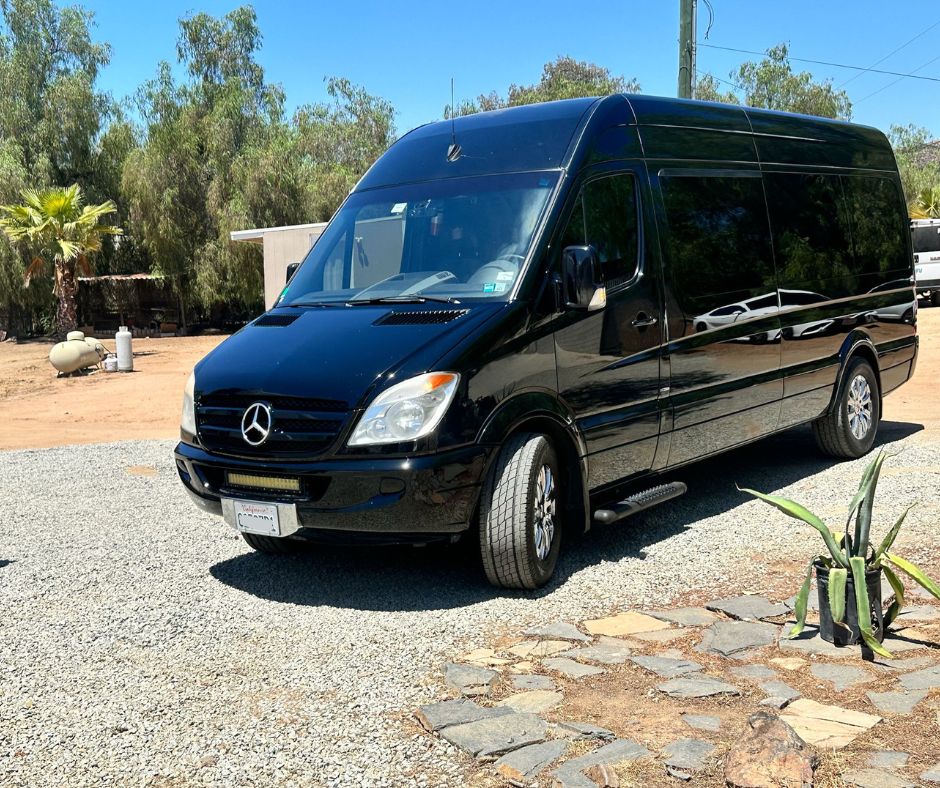Types of Marine Propulsion Systems | Modern Ship Propulsion Explained
Explore the different types of marine propulsion systems used in ships and vessels—from diesel engines and gas turbines to electric and hybrid systems. Learn how each propulsion type works and its advantages.
Types of Marine Propulsion Systems
Marine propulsion systems are essential for moving ships and vessels across water. Over the years, advancements in technology have introduced various types of propulsion systems, each designed to suit specific vessel types, fuel efficiency goals, and environmental considerations.
In this article, we’ll explore the most common types of marine propulsion systems, how they work, and where they are typically used.
1. Diesel Propulsion System
Overview:
Diesel engines are the most widely used marine propulsion systems today. They operate by burning diesel fuel to drive a piston, which turns a crankshaft connected to the ship’s propeller.
Advantages:
-
High fuel efficiency
-
Reliable and durable
-
Lower operational cost compared to older steam systems
Common Use:
Cargo ships, tankers, and passenger vessels.
2. Steam Turbine Propulsion
Overview:
Steam turbines use high-pressure steam generated in boilers to rotate turbines connected to the propeller shaft.
Advantages:
-
Smooth operation with fewer vibrations
-
Suitable for high-speed vessels
Limitations:
-
High fuel and maintenance costs
-
Requires large space for boilers
Common Use:
Naval ships, older cruise ships, and LNG carriers.
3. Gas Turbine Propulsion
Overview:
Gas turbines use compressed air mixed with fuel to generate hot gases that spin a turbine, which drives the propeller.
Advantages:
-
Lightweight and compact
-
Quick start-up time
-
High power-to-weight ratio
Limitations:
-
Less fuel-efficient at low speeds
-
Expensive to operate
Common Use:
Military vessels, fast ferries, and high-speed crafts.
4. Electric Propulsion System
Overview:
Electric propulsion systems use electric motors powered by generators (often driven by diesel engines) or battery systems to rotate the propeller.
Advantages:
-
Lower emissions
-
Quiet operation
-
Flexible design
Limitations:
-
Higher initial cost
-
Complex electrical systems
Common Use:
Research vessels, cruise ships, ferries, and submarines.
5. Nuclear Propulsion
Overview:
Nuclear propulsion uses a nuclear reactor to produce steam, which then drives a turbine connected to the propeller.
Advantages:
-
Extremely long operational range
-
No need for frequent refueling
-
High power output
Limitations:
-
High construction and maintenance costs
-
Requires strict safety protocols
Common Use:
Nuclear submarines and aircraft carriers (primarily in military applications).
6. Hybrid Propulsion Systems
Overview:
Hybrid systems combine two or more types of propulsion—typically diesel and electric. These systems allow vessels to switch between power sources based on operational needs.
Advantages:
-
Optimized fuel consumption
-
Reduced emissions
-
Greater operational flexibility
Common Use:
Modern ferries, offshore support vessels, and eco-friendly ships.
7. Wind-Assisted Propulsion
Overview:
Wind-assisted propulsion uses sails, kites, or rotors to harness wind power and reduce fuel consumption.
Advantages:
-
Environmentally friendly
-
Reduced fuel usage and emissions
Limitations:
-
Weather-dependent
-
Not suitable for all vessel types
Common Use:
Eco-conscious cargo ships and experimental vessels.
Conclusion
The type of marine propulsion system used in a vessel depends on factors like vessel size, speed requirements, operational cost, and environmental impact. As the maritime industry moves toward greener solutions, we’re seeing more interest in electric, hybrid, and wind-assisted systems.
Understanding these propulsion systems helps in making informed decisions about ship design, operation, and sustainability in the ever-evolving marine industry.
What's Your Reaction?
 Like
0
Like
0
 Dislike
0
Dislike
0
 Love
0
Love
0
 Funny
0
Funny
0
 Angry
0
Angry
0
 Sad
0
Sad
0
 Wow
0
Wow
0



















































